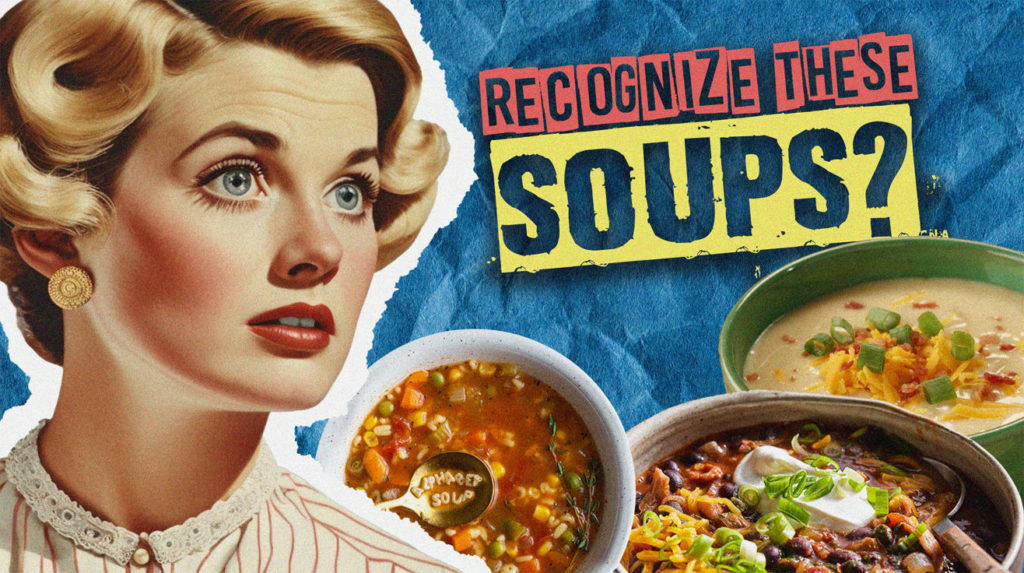
The 1970s soup scene mirrored a nation in transition. Families sought comfort in familiar recipes while embracing new flavors transcending mere sustenance. From classic comfort foods to adventurous experiments, the decade offered a flavorful range that defined an era. Not every soup recipe achieved lasting fame—some quickly simmered out of vogue, fading from memory like disco balls and bell-bottoms.
These vintage soups are beckoning you to rediscover the simmering secrets of the past.
18. Alphabet Soup
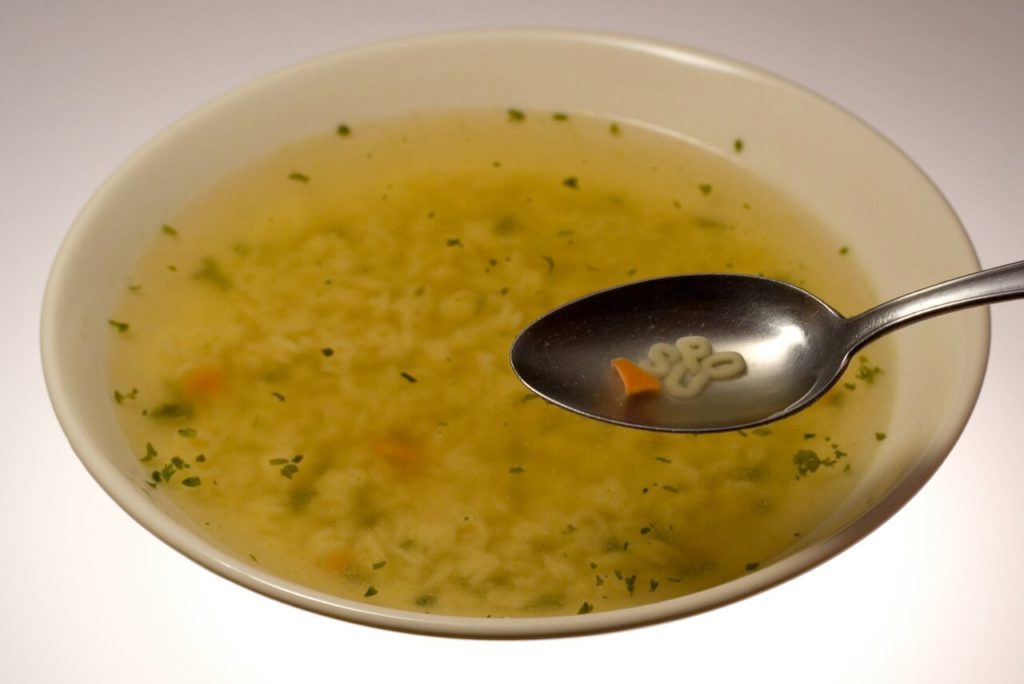
Remember when mealtime doubled as education? Alphabet Soup combined learning with lunch in a tomato-based broth where tiny pasta letters danced in the liquid. For millions of 1970s children, this simple delight became more than just a meal—an opportunity to spell words while slurping.
The customizable base welcomed additions of diced carrots, peas, or shredded chicken, enriching the simple soup with extra nutrients. While commercial versions dominated pantries, homemade variations allowed creative parents to craft a personalized educational experience.
17. Chicken Noodle Soup
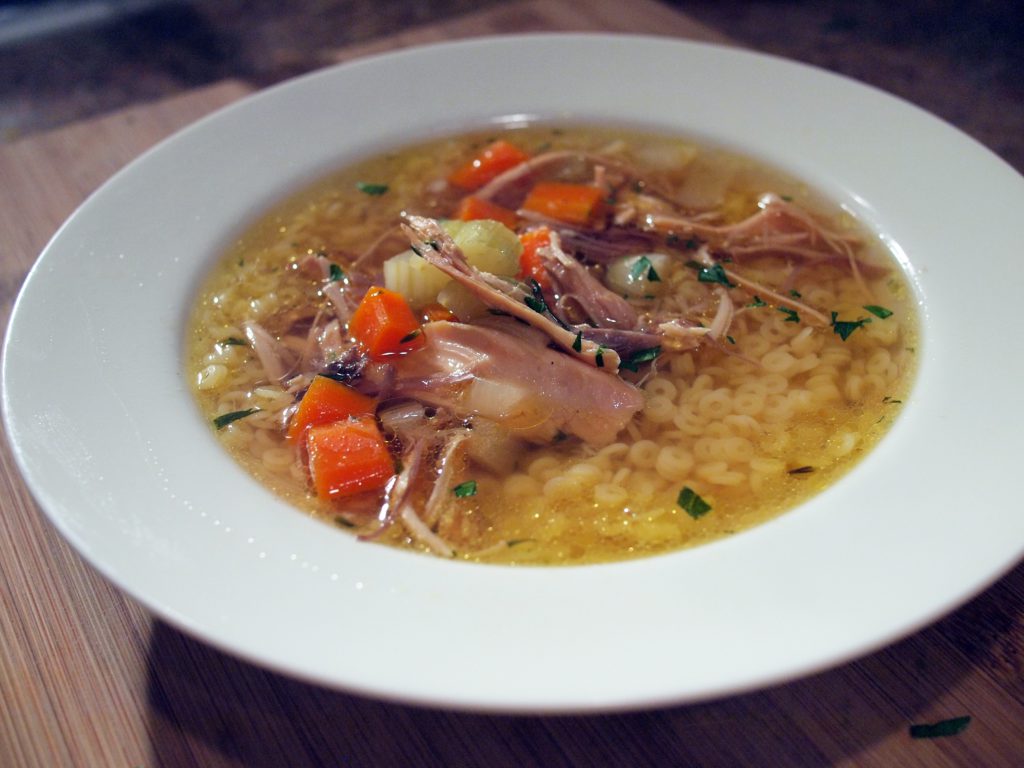
Chicken Noodle Soup reigns supreme in the comfort food hierarchy. Unlike fleeting trends, it offers enduring benefits, perfect during cold weather and illness. European traditions inspired boiling chicken into broth, but America elevated this practice with wide egg noodles, chicken chunks, and vegetables.
Majority of households kept canned versions in their pantries for emergencies. Each ingredient contributes vital nutrients, creating a well-rounded, nourishing dish that transcends its humble origins. While newer variations experiment with exotic seasonings, the classic version remains a timeless remedy.
16. Gazpacho
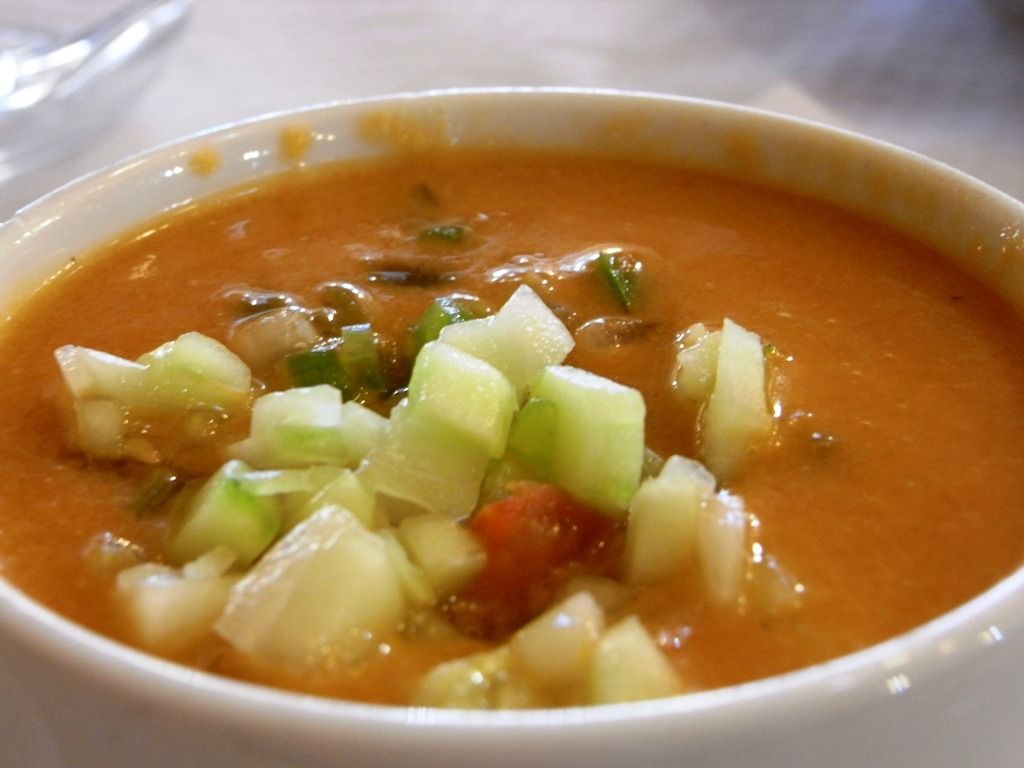
Seeking escape from sweltering summer heat? Gazpacho offered a refreshing solution that challenged American palates accustomed to hot soups. This Spanish cold soup made waves in the 1970s by combining ripe tomatoes, cucumbers, bell peppers, onions, garlic, olive oil, and vinegar into a smooth, invigorating puree.
Its vibrant red color and cool temperature made it visually stunning and practical. Health-conscious consumers embraced this no-cook option during summer months, often serving it with famous beverages from the 1970s for a complete seasonal meal that showcased fresh, seasonal produce.
15. Split Pea Soup
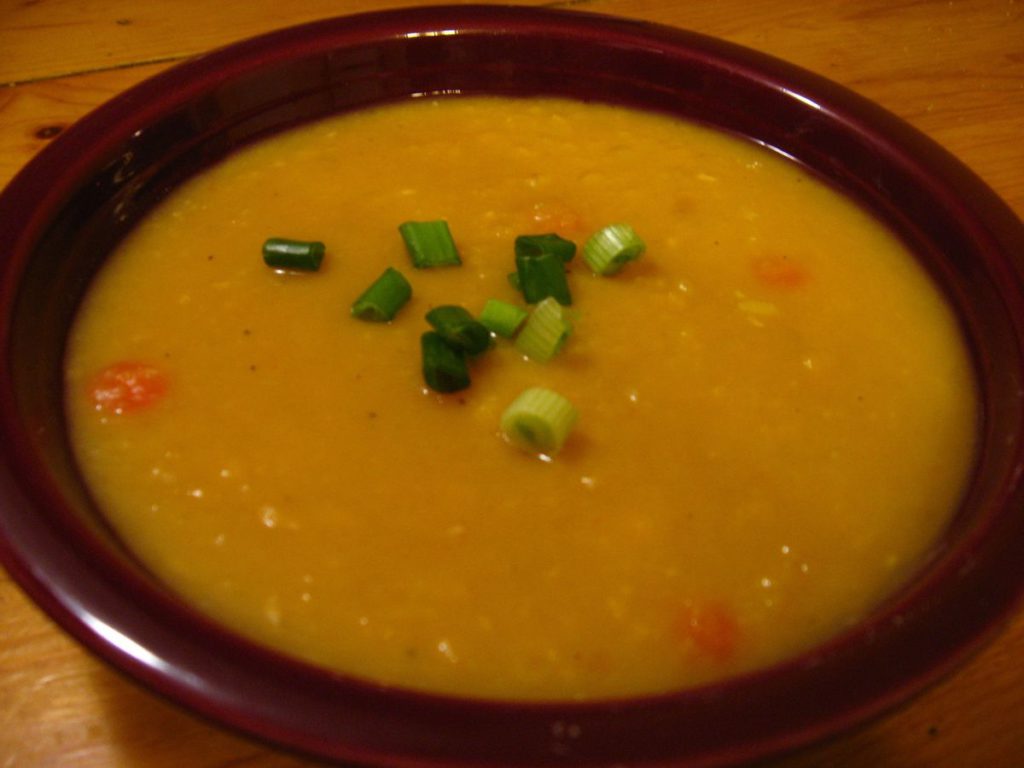
Did you know frugal meals shaped culinary history? Split Pea Soup became a staple in 1970s America, offering a warming, nutritious meal during economic shifts. Dried green or yellow split peas simmered with ham hocks or smoked bacon provided a smoky base that transformed humble ingredients into something special.
The recession fueled its appeal as families made big batches, allowing it to simmer for hours, feeding a family of four costs under $3 with this hearty option, making it a symbol of resourceful cooking that often appeared alongside famous appetizers from the 1970s during challenging economic times.
14. Minestrone Soup
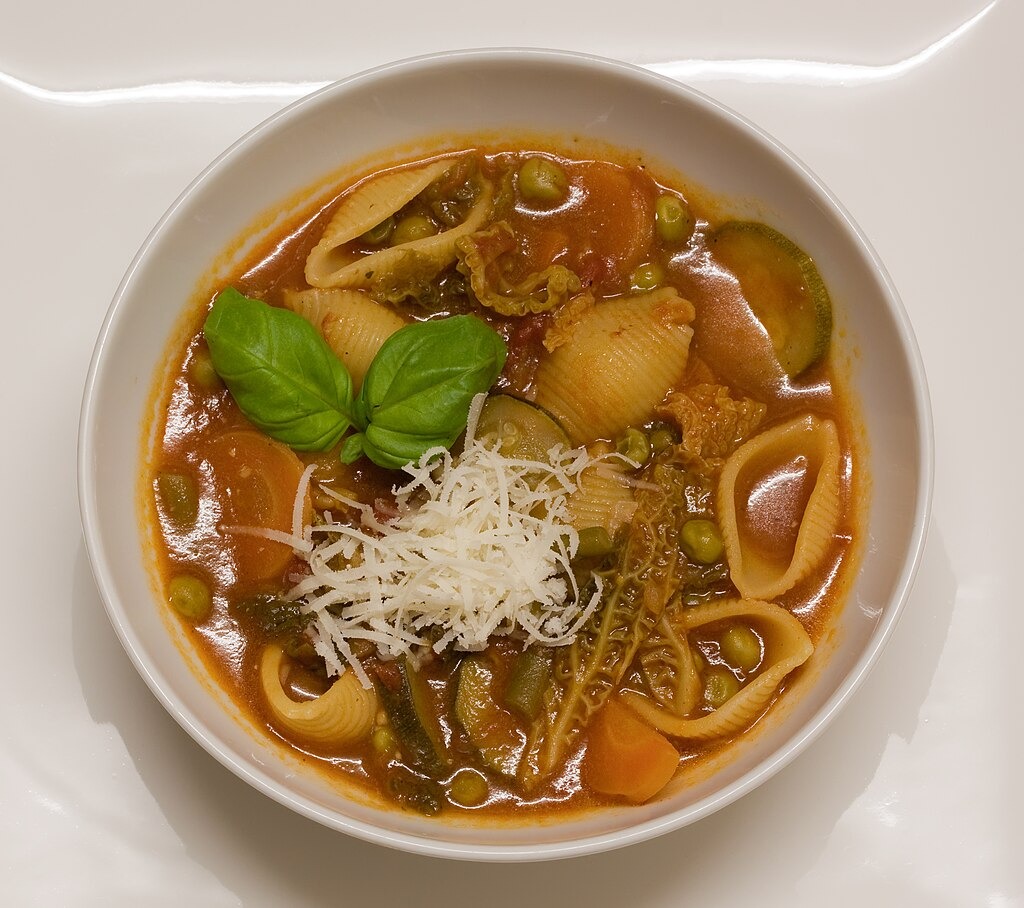
Minestrone: an Italian vegetable soup celebrated for its adaptability. It became a household favorite during the 1970s as American palates expanded beyond meat-and-potato standards. Its versatility lies in its foundation of tomatoes, onions, carrots, celery, and garlic, forming a savory base.
Zucchini, spinach, and potatoes augment the nutritional profile, while kidney beans, pasta, or rice add substance. Each serving delivers a complete meal with vitamins, minerals, and fiber that debunks the myth that vegetables are boring—a revolutionary concept for many 1970s dinner tables.
13. Lentil Soup
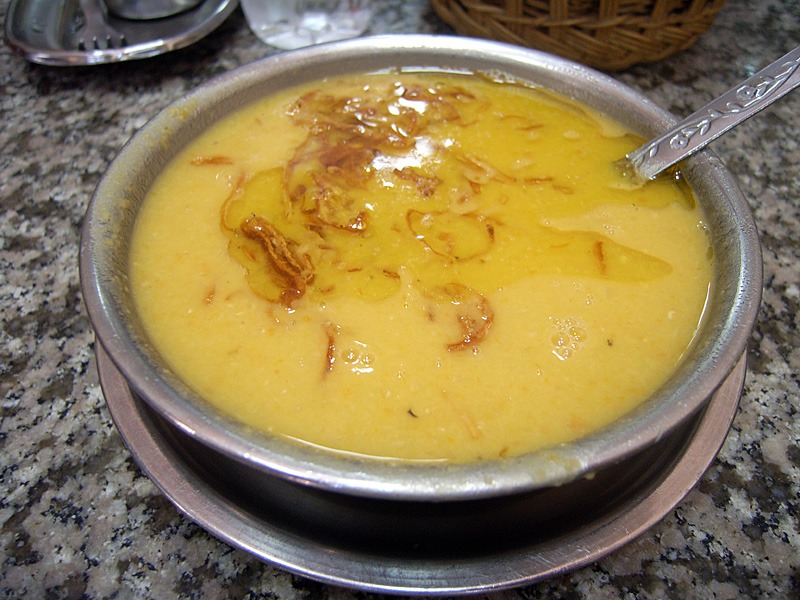
Facing dietary constraints and budget limitations? Lentil Soup answered the call for 1970s families navigating rising food costs. This nutritious, affordable option thrived in kitchens where protein-rich lentils took center stage, simmering with aromatic vegetables and herbs.
Some households reported eating lentil soup weekly during the decade’s economic challenges. Unlike other legumes, lentils require no pre-soaking, making them practical for busy households while providing exceptional nutrition that keeps families full for hours on tight budgets.
12. Corn Chowder

Picture a bowl of creamy, golden comfort. Corn Chowder often graced 1970s dinner tables, especially during late summer harvests when fresh corn was abundant and flavorful. Fresh or canned corn forms its sweet base, while potatoes, onions, and milk or cream enrich its luxurious texture.
Some recipes add bacon or ham for smokiness, others maintain simplicity. Its origins trace back to Native American cuisine, creating a cultural bridge that celebrated regional heritage with culinary delight—a testament to simple, satisfying ingredients elevated through tradition.
11. Vegetable Beef Soup

“A hearty meal, easily adaptable!” This mantra defined Vegetable Beef Soup, which was often served as a main dish during the 1970s. First, tender chunks of beef brown to infuse the broth with deep savory flavor before a medley of colorful vegetables transforms the mixture into a complete meal.
Resourceful cooks used leftover roast beef mixed with garden vegetables to feed entire families, turning yesterday’s dinner into today’s soul-warming soup. From simple ingredients arose a satisfying meal that stretched expensive protein while delivering balanced nutrition.
10. Cream of Chicken and Wild Rice Soup
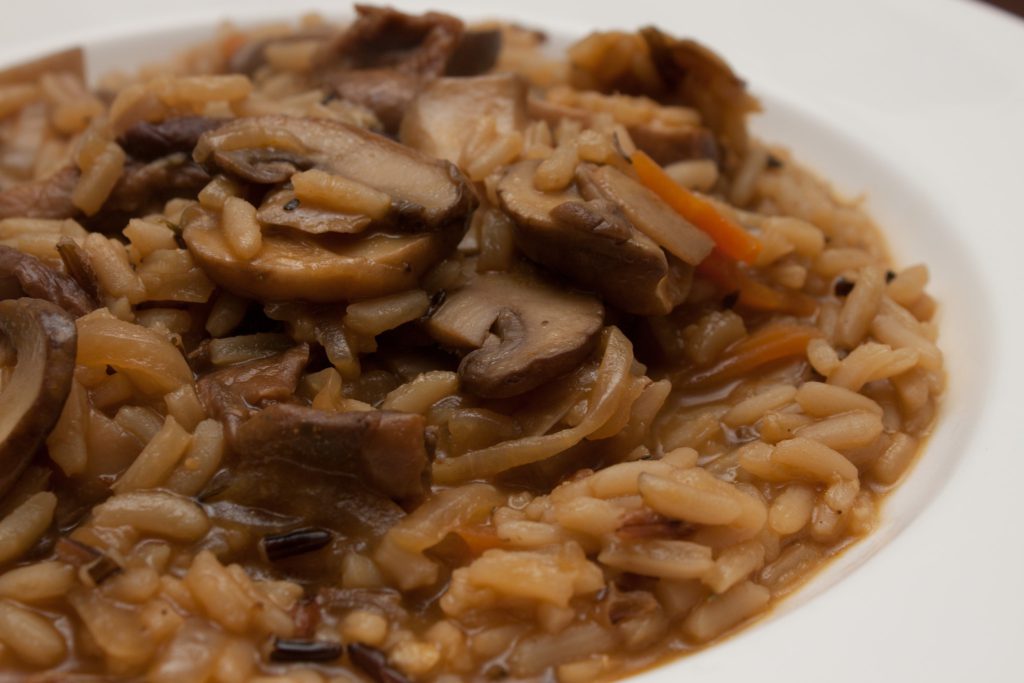
Because cold winters demand comforting cuisine, Cream of Chicken and Wild Rice Soup gained popularity, especially in Minnesota and other northern states known for harsh winters. This hearty creation combined shredded chicken and creamy broth, thickened with milk or cream.
Wild rice lent a nutty flavor and chewy texture that distinguished it from ordinary chicken soups. Its regional roots in the Upper Midwest gradually expanded nationwide as restaurant chains featured this comforting option that evoked feelings of warmth and home during the coldest months.
9. Tomato Soup
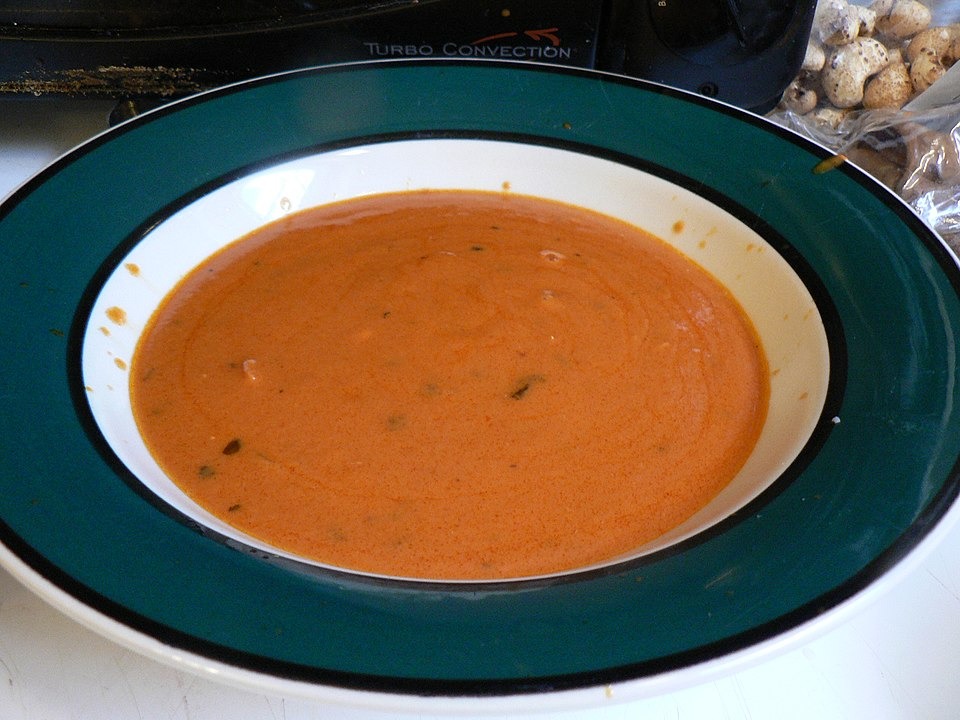
The Great Depression cemented simple, affordable meals into American culture. Tomato Soup, with its velvety texture and tangy flavor, became a 1970s staple that continued this tradition. While canned versions dominated pantries (with Campbell’s selling over 85 million cans annually), homemade options showcased fresh tomatoes, broth, and cream.
Paired with a grilled cheese sandwich, this combination represented comfort food perfection that crossed generational and socioeconomic lines. Its simplicity made it universally appealing while its affordability ensured its place as a kitchen necessity.
8. French Onion Soup
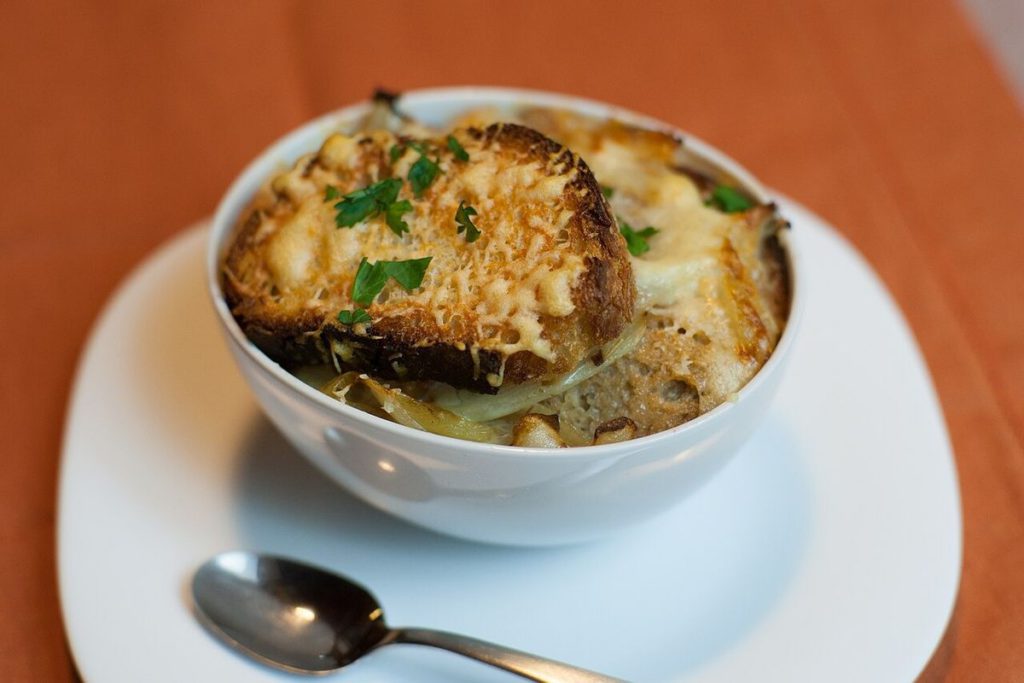
Soup is the symphony of comfort in a bowl. French Onion Soup, with its rich, beefy broth and caramelized onions, soared in popularity during the 1970s. Most restaurants featured it on their menus, introducing many Americans to this elegant French classic.
A slice of crusty bread and melted Gruyère cheese traditionally topped the soup, creating an indulgent experience that whispered elegance while delivering deeply satisfying flavors. The onions caramelized slowly in butter provided a rich, sweet complement to the savory broth.
7. Bean Soup
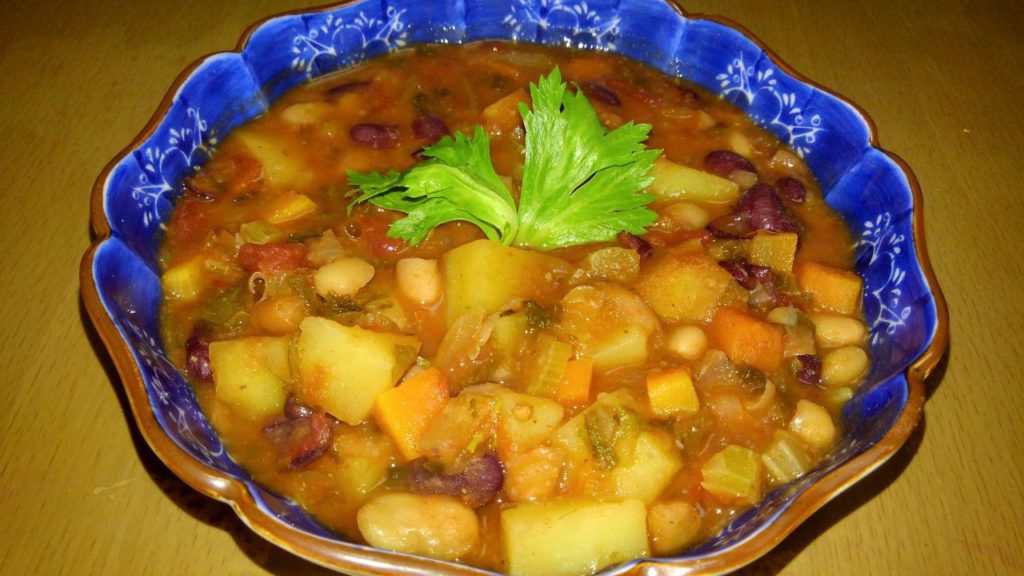
Soup historians report that low-cost ingredients shaped America’s culinary landscape. Bean Soup, a filling, protein-packed dish, graced many 1970s tables as families sought economical meal solutions. Made from navy, kidney, or pinto beans, slowly cooked with vegetables, it offered substantial nutrition.
Its advantages were clear: one pot could feed a family for days at minimal cost. However, its heavy texture wasn’t for everyone, and it faced competition from lighter options as the decade progressed. Despite this shift, Bean Soup remains a testament to practical, resourceful cooking.
6. Bouillabaisse
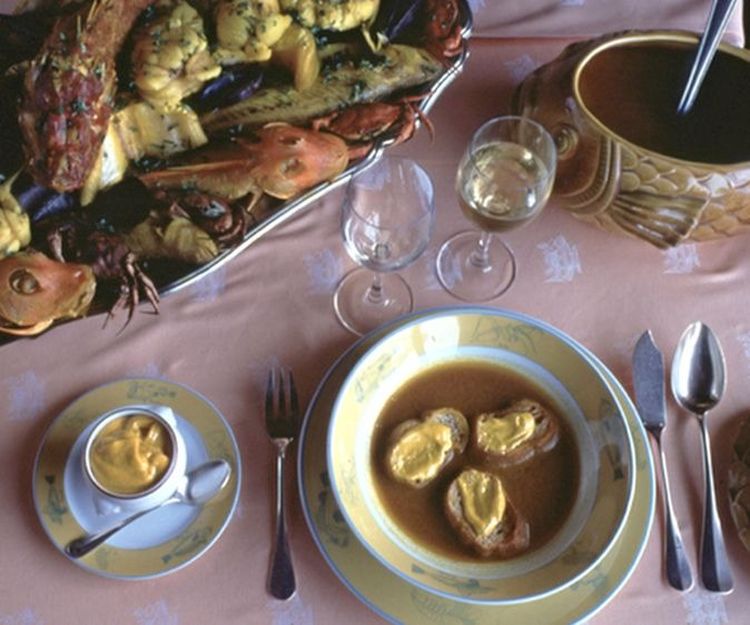
Soup isn’t always simple comfort. Bouillabaisse, hailing from the French coast, offered 1970s dinner parties a touch of sophisticated European influence. Made with Mediterranean fish simmered in broth with tomatoes, onions, garlic, saffron, and herbs, it presented an impressive culinary achievement.
The blend of seafood and aromatic herbs amazed dinner guests, but its preparation required over two hours and specialty ingredients that proved challenging for everyday cooking. Despite its undeniable charm, few home cooks were willing to commit to such complexity regularly.
5. Pepper Pot Soup
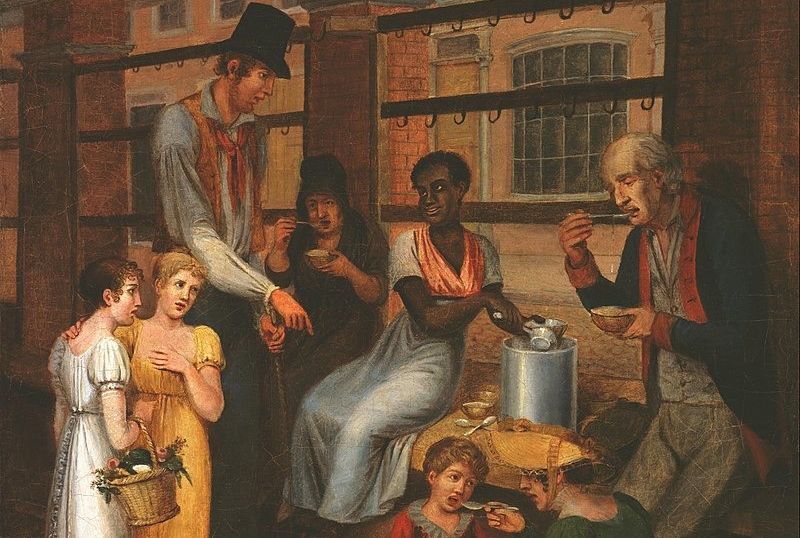
Unlike bland, forgettable broths, Pepper Pot Soup bursts with life and heritage. This spicy, savory dish with Caribbean and Philadelphia roots featured tripe simmering with okra, collard greens, and generous amounts of black pepper and chili that warmed every spoonful.
Throughout the day, it simmered, deepening its complex flavors. Served in a small number of Southern and urban households, particularly those with Caribbean connections, it represented cultural fusion at its finest. The rich flavors embodied warmth and belonging that connected communities.
4. Chicken Gumbo
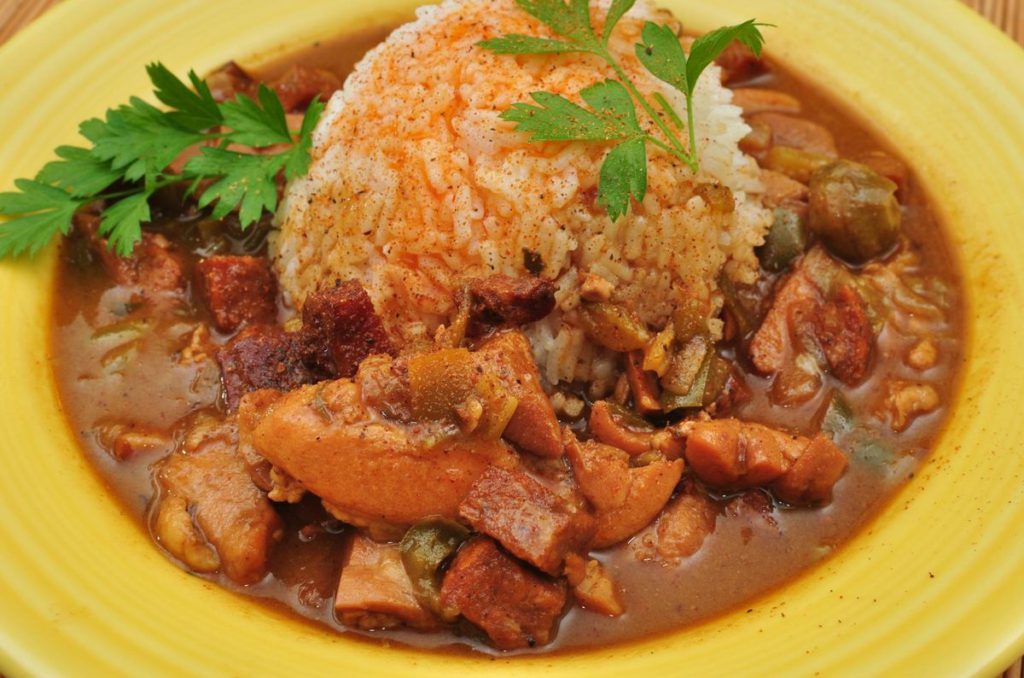
Imagine the fragrant warmth of a Southern kitchen. Chicken Gumbo, a soul-warming dish beloved in the 1970s, originated from Louisiana’s Creole and Cajun traditions with a flavor profile unlike any other soup of the era. A rich roux base, thickened with flour and fat, created its distinctive character.
Onions, celery, and bell peppers (the “holy trinity”) followed, with okra as the key thickening ingredient. Chef Paul Prudhomme’s cookbooks sold over 500,000 copies during the decade, introducing this regional specialty to kitchens nationwide despite its time-consuming preparation.
3. Black Bean Soup

The 1970s saw a surge in global flavors entering American kitchens. Black Bean Soup, a staple in Latin American communities, captured attention with its bold, earthy profile. Slowly simmered black beans formed the base, while onions, garlic, and cumin added depth and complexity.
Sometimes, a hint of vinegar or lime brightened the flavor. Originally from Cuban and Mexican cuisine, its popularity spread beyond immigrant communities as health-conscious Americans discovered its high-protein, high-fiber nutritional benefits in a satisfying, affordable meal.
2. Italian Wedding Soup
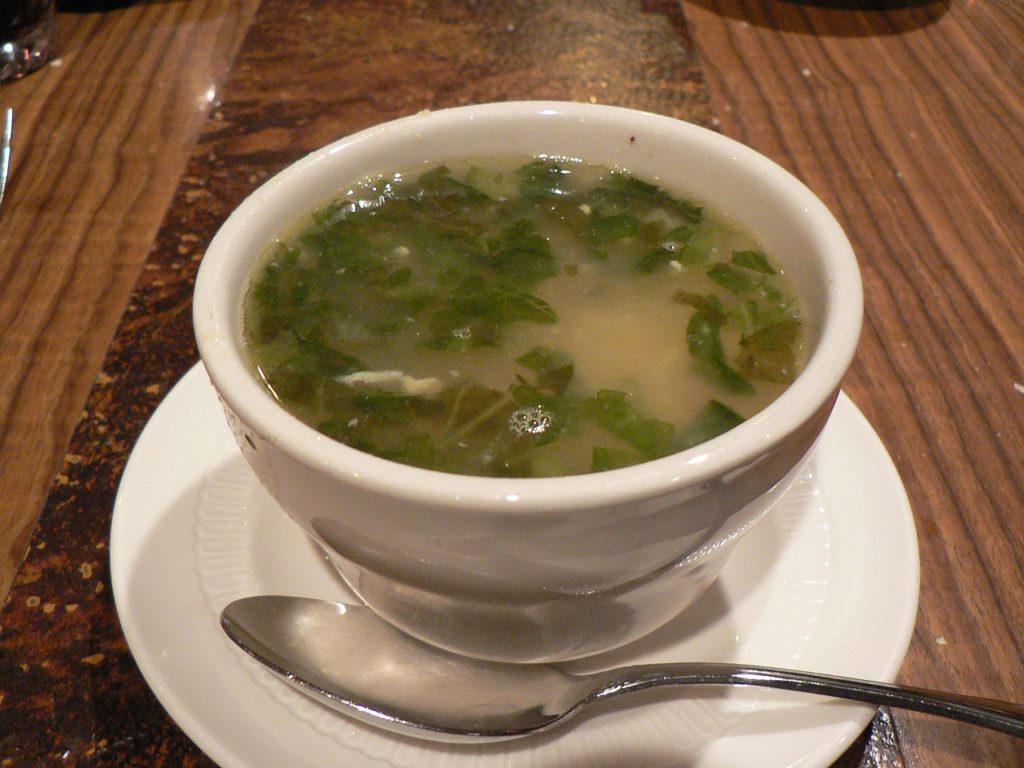
Italian Wedding Soup represents harmony in a bowl. It became popular in 1970s American households, especially among families with Italian heritage seeking to maintain cultural connections. Its name signifies the “marriage” of flavors, not actual nuptials as many mistakenly believe.
Small meatballs, spinach, and tiny pasta simmered in chicken broth created a delightful blend that originated in Southern Italian cooking. Despite facing competition from simpler soups, its enduring appeal continues to earn it a special place in many hearts seeking comfort with a touch of Old World charm.
1. Potato Cheese Soup
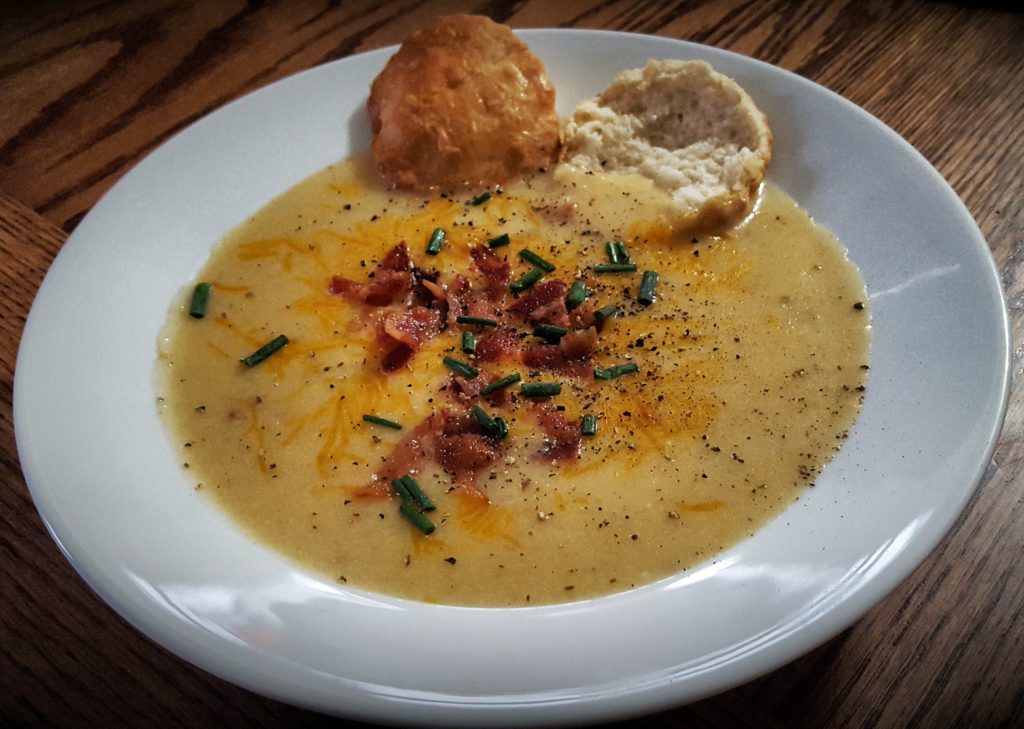
Soup’s role in global food history has always been evolving. Potato Cheese Soup reigned supreme in the 1970s, thanks to its comforting nature and economic practicality. A creamy bowl brimming with potatoes and melted cheese originated from European peasant cooking, combining humble staples into something magnificent.
The rise of health-conscious eating pushed it aside, but comfort food trends run in 7-10 year cycles according to culinary experts. They predict a revival of these nostalgic dishes with modern twists as new generations discover the simple pleasure of melted cheese and potatoes in perfect harmony.





















